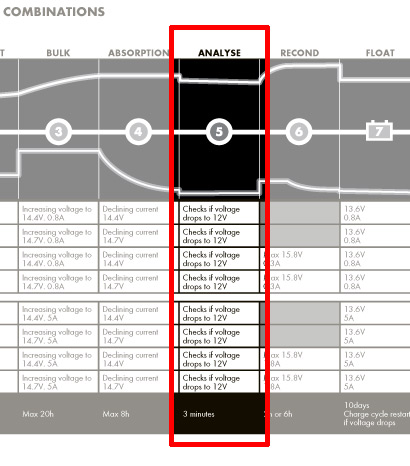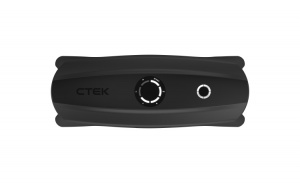These are terms used to describe the function of a charger. A workshop charger is designed and maybe even styled to best suit a workshop. A maintenance charger is best suited to maintaining the batteries state of charge. Typically (but shouldn't be) relating to small batteries, and therefore the chargers are low current output.
Larger batteries like a house bank on a boat or motorhome are large (over 200Ah) and require at least 20A to charge, but once the bulk charge is complete that same charger will be able to supply a lower current at a lower voltage to maintain the batteries state of charge. Therefore it is a charger and a maintainer.
This is not typically true the other way around. A low current output maintainer cannot charge up a flat battery. i.e. if the maintenance charger was 1A it would struggle to charge anything larger than a 20Ah battery (from below 10v) but it would be very capable to keep maintained a battery that size if only 20% discharged. (meaning it still have 80% of its own capacity inside the battery). The internal resistance of the battery is the limiting factor and differs from brand to brand, Ah, temperature, condition and age of battery so no rule can really be set as a guide.


